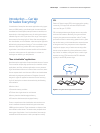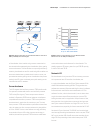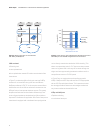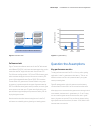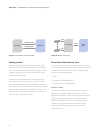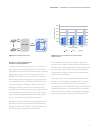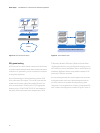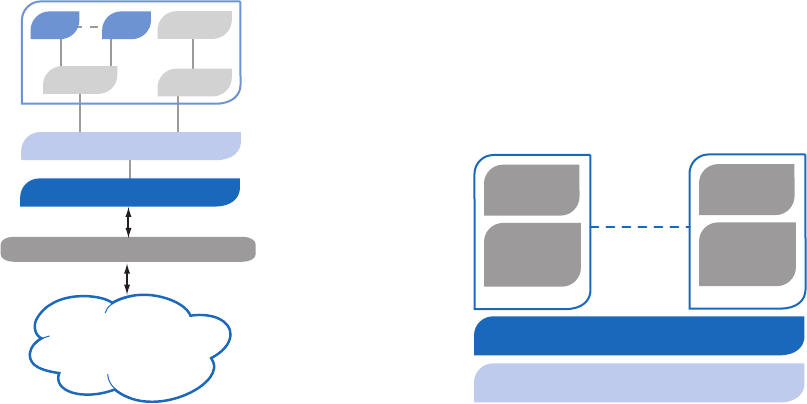
ESL game testing
At ESL labs, we ran a series of tests cases that included private
and public Internet testing. All these tests revealed that there is
no impact on in-game latency, and as a result there is no impact
on the gaming experience.
As part of this testing, we used an Intel Xeon processor 7400
server code-named “Dunnington.” This is an MP server with four
sockets and six cores per socket, with a total of 24 cores. This
server is connected to a 10 GbE port of a 1G/10G aggregation
switch by using a 10 GbE CX4 NIC. ESX 3.5 U1 was installed on
the server, and each virtual machine is configured with 1vCPU,
2 GB memory, Windows 2003 server (32 bit) and Counter-Strike
1.6 (three game servers running per VM). We are not using any kind
of CPU affinity or memory reservations. Also, on the ESX server we
enabled the “NetQueue” feature and by default a maximum of 16
queues per 10 GbE port are created.
As a part of load generation we used real players who connected
to the game servers on the local LAN and through the Internet,
and “bots,” which are an emulation of a player playing a game.
These bots run on the game server as a plug-in and generate CPU
load. The setup and configuration are shown in Figures 13 and 14.
Counter-
Strike 1.6*
Windows
Server 2003*
32 bit
Intel® Xeon® Processor 7400 Series-based Server
VMware ESX 3.5 U1*
VM1
Counter-
Strike 1.6*
Windows
Server 2003*
32 bit
VMn
Figure 14. Test software stack.
Force 10 S50N
Internet
Firewall
10 GbE VMDq
VM1
VMn
Svc Cons
vSwitch 1
vSwitch 0
1 GbE
ESL Network
Figure 13. Live Internet test setup.
10
White Paper Consolidation of a Performance-Sensitive Application





